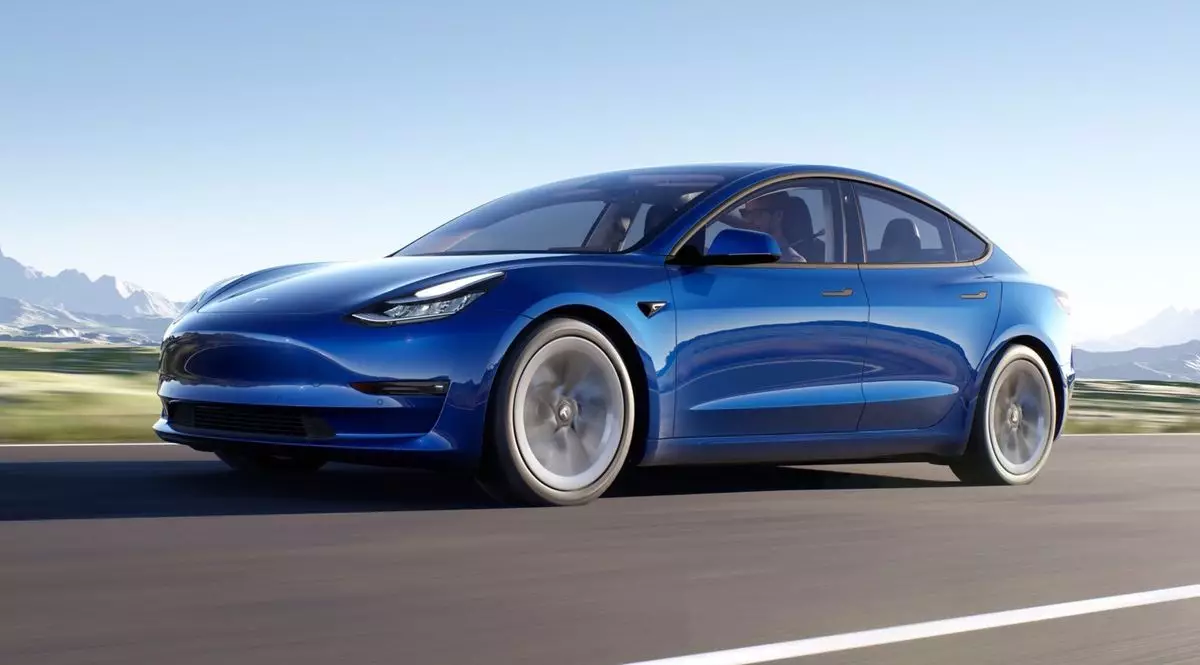The automotive industry stands at an inflection point with the emergence of advanced driver-assistance systems and the promise of fully autonomous driving. Tesla, under CEO Elon Musk, has been a prominent player in this transformation. However, recent statements from Musk have cast significant doubt on the timeline for achieving Full Self-Driving (FSD) capabilities in Tesla vehicles, particularly concerning their Hardware 3 (HW3) self-driving computer. This article examines the implications of Musk’s revelations, the technological challenges ahead, and the evolving landscape of autonomous vehicle technology.
For years, Musk has consistently indicated that the FSD feature update for Tesla vehicles is “just around the corner.” Yet, during a recent conference call, he dramatically changed his narrative, suggesting that HW3 might not achieve the requisite safety levels for FSD. By saying, “we don’t actually know the answer,” Musk implicitly acknowledged the uncertainties that have plagued Tesla’s self-driving ambitions. This statement raises alarm bells for Tesla owners and enthusiasts who have been anticipating the company’s leap toward autonomy.
HW3, introduced in 2019, was considered a significant milestone in Tesla’s pursuit of FSD. It exemplified Musk’s vision of vehicles capable of navigating complex environments independently. On the other hand, FSD encompasses broader levels of autonomy, particularly Level 4 and Level 5. These levels promise various capabilities—ranging from geofenced autonomy to fully autonomous driving without any human intervention. However, with Musk’s latest comments, it seems this vision has become more elusive than ever.
Adding another layer of complexity to the situation is Musk’s announcement that HW3-equipped vehicles will be eligible for a free upgrade to the newer HW4 self-driving computer. Musk highlighted that HW4 possesses several times the processing ability of HW3, enhancing the feasibility of achieving FSD. However, external analysts remain skeptical about whether existing Tesla models can be feasibly retrofitted with HW4.
Tesla’s past efforts to upgrade from HW2 to HW3 suggest that such moves are possible, but observers note that HW4 is fundamentally different in both design and capability. Reports indicate that HW4 features upgraded power and camera harnesses, which complicate the retrofit process. If achieving compatibility proves too complex, it could mean that many Tesla owners may not receive the anticipated technological enhancements. This issue raises additional questions about the longevity and adaptability of current models as the company continues to innovate.
The Technological Divide: HW3 vs. HW4
The disparity between HW3 and HW4 is pivotal in understanding Tesla’s trajectory in self-driving technology. One of the most notable advancements with HW4 is the improved camera systems. While Musk asserts that HW3 cameras are “capable,” HW4 offers five times the resolution and better low-light performance, enabling more accurate perception and decision-making capabilities in complex driving scenarios. The question now looms: Will HW3 ever be capable of the FSD functionality Musk has long promised, or is it destined to fall short as the technology evolves?
Despite Musk’s confidence in HW4, history has shown that optimistic timelines often shift and stretch, leading to frustration for early adopters. The narrative surrounding Tesla’s self-driving capabilities now appears fraught with uncertainty, as the company navigates increasingly complex technological challenges.
The Road Ahead: A Vision or a Mirage?
Tesla’s journey towards achieving full self-driving capabilities embodies both ambition and obstacles. While recent developments point towards a promising future with HW4, the lingering doubts about HW3’s capacity and the feasibility of retrofitting existing vehicles create a significant cloud of uncertainty. This situation exemplifies the broader challenges faced by many companies in the realm of autonomous vehicles—the fine balance between technological innovation and real-world applicability.
As we look towards the future, it’s clear that Tesla’s path to true autonomy remains a continuous yet tumultuous journey. Much like the tantalizing prospect of cutting-edge gaming hardware, the promise of an all-autonomous Tesla fleet feels perpetually just out of reach. Whether that vision materializes into a reality, or remains a mirage, is a question that the automotive world will be watching closely.

